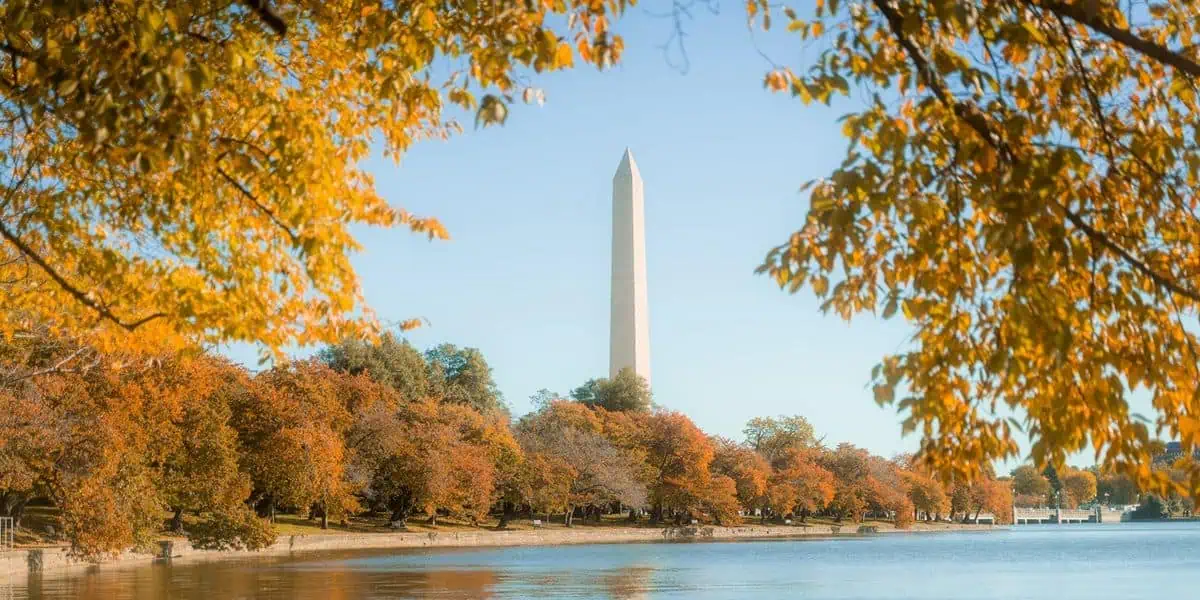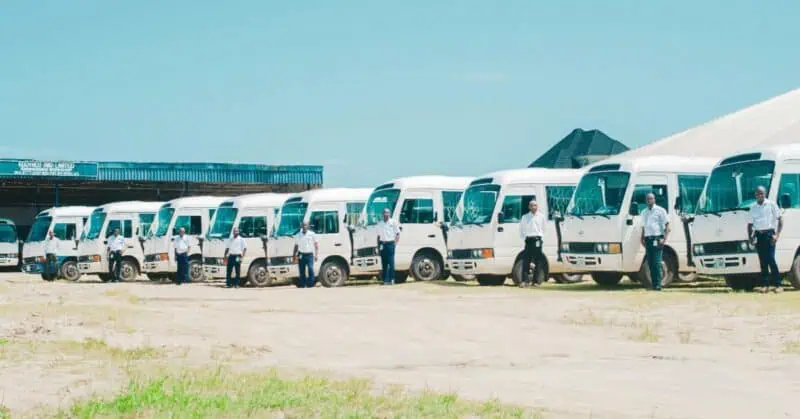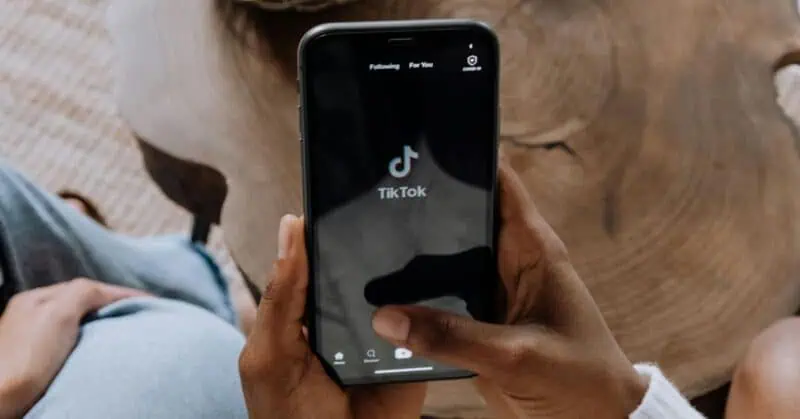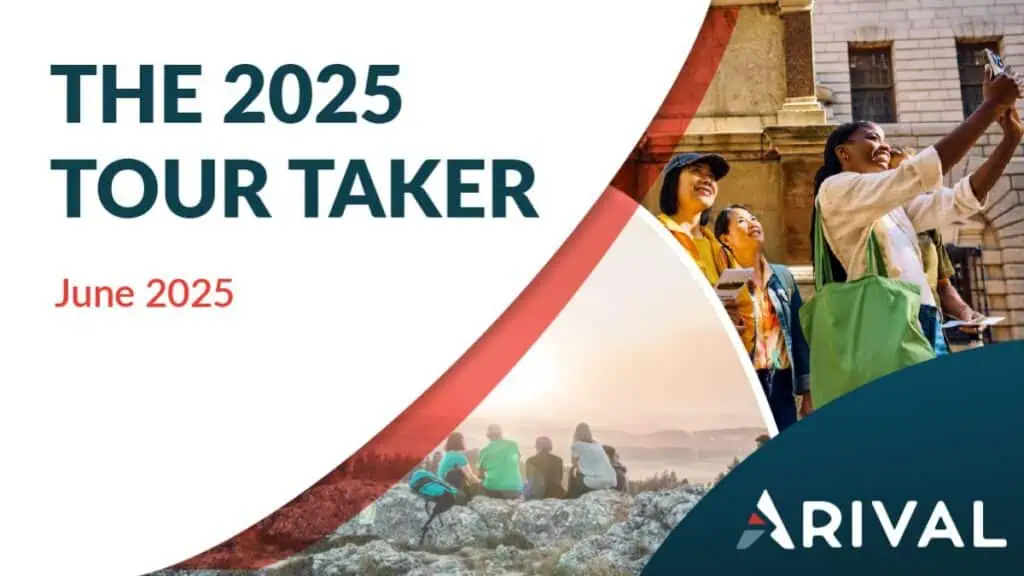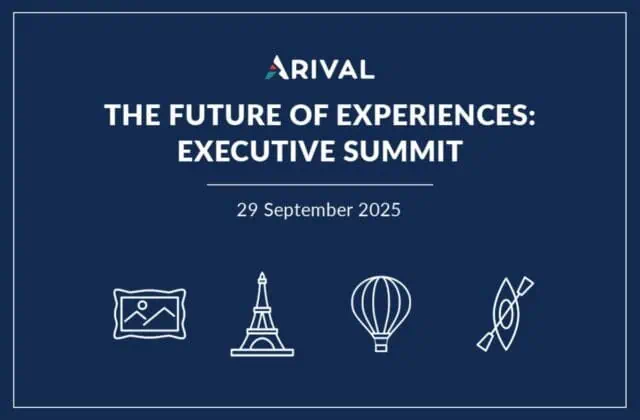We are preparing for the busiest season we’ve ever seen. Lodging is nearly sold out in the peak season, and rental cars have been sold out for weeks. Millions of people will come to Montana’s Glacier National Park this summer, and tens of thousands of them will come rafting, fishing or stay with us at Glacier Raft Company. As the GM of Inside Operations, I’m the grease that keeps the wheels spinning.
Right now, I’m focused on three things to make sure we’re prepared for the busiest summer yet:
- training and communication;
- retail;
- pricing.
Focus on training and communication

This month, we’ll have more than 150 seasonal employees join the team. Given that most of our team is only here for three to four months, having clearly defined communication systems and solid training is the highest priority.
Training 150 people who will only work for four months is difficult. In my experience, companies like ours put a lot of effort into training safety-sensitive positions like raft guides. I am by no means suggesting any reduction in that. I challenge you to spend the same amount of time training your support staff.
Think of your company not as an adventure company but as an entertainment company. Every member is key to the experience. If the person who checks in your customer doesn’t give accurate information or has a bad attitude, it’ll hurt your guests’ experience.
If a reservationist books someone on the wrong day, that guest will show up on the day they thought they needed to be there. It’ll be on your operations team to find a solution, regardless of whether you’re overbooked. But, now operations are mad at reservations. This rift will grow and negatively impact your business. Mistakes happen, but training helps reduce that.
Creating solid lines of communication is an essential part of training. If everyone understands how and when to communicate information — whether guides to guests, guides to managers, operations to reservations, operations to marketing or any other combination — employees will be happier. They will understand each other. When a mistake happens, there will be a deeper level of understanding and empathy among the team. It’s about building trust with and between your team.
“Incorporate training into your company philosophy”

Now let’s talk about how to train more than 100 people on the stacks of systems you have in a matter of days. How do you dedicate time for training when you’re already spending all your time and money running the business?
First, you need to make the time and make a schedule. Be realistic about it. Account for all the interruptions the trainer will face. Then find a way to eliminate those. If you’re the trainer, make sure someone else is available to answer all the questions you would normally be answering that day.
If you’re not able to do all the training, it’s okay to rely on your team and vendors for support. Does your reservation system provide support? What about your POS? Will they train your employees? Then you can follow up that training with the practical application of the software, rather than the how-to.
Second, incorporate training into your company philosophy. When you’re debating whether a system will make you money, don’t forget to consider whether it will be easy to teach your team. How much time will it add to the training schedule?
Returning to the high volumes of crowds this summer, your well-trained staff will now be able to accommodate those people and more. How many phone calls can one reservationist handle in an hour? What is their throughput, what is their conversion rate? Do your systems support higher throughput or allow them to increase basket size easily? Mine do because I’ve invested in training my people.
Add retail with little to no overhead

Retail is one of the most underrepresented revenue opportunities I have seen with small outfitters. And many large outfitters haven’t scaled their retail with their operations capacity. I understand why — that scaling comes with significant risk. So how do we avoid that risk?
Think about low- or no-overhead products. What can operators sell without adding staff?
Photos.
Many of us have been selling photos for years. But are we meeting the guests where they want to be? Are you selling online? Are you selling in a format that guests and staff can easily retrieve right after the trip? How much time does a photo sale take, and what happens after the sale?
PicThrive is the system I’ve been using for many years now. I chose it because I could reduce the queue time for my guests on one side of the equation and reduce the work for my staff on the other.
My guests also get their photos straight to their phones, making it incredibly easy for them to share their experience at Glacier Raft Company with friends before they even reach their cars. It encourages word-of-mouth marketing and makes social engagement easy.
Introduce dynamic pricing

Take it off your website.
Take it off your brochures.
And test it.
Do you really know what your customers are willing to pay for your service? Have you tested it? Modern reservation systems allow you to change prices immediately. You can surge your peak days or discount your slow ones. Are you worried about resistance or customers being mad that someone else paid less? In my experience, you don’t need to be.
We’re conditioned to understand the meaning of surge pricing. Look at Uber as an example: Uber taught the world that a service has a dynamic value. The world proved they were willing to accept that. This isn’t a new concept, but Uber made it ubiquitous.
If you’re really out of available seats on your trips, what do you have to lose by testing higher prices? Manage your tour demand and capitalize on the peaks with your retail systems.
Operators must be ready to accommodate demand

This is going to be a busy summer for adventure tour operators all over the country. Millions of people are about to flock to their adventure of a lifetime. This means tour operators need to be ready to accommodate all that pent-up demand and make the most of this unprecedented opportunity.
For that, we need to invest in training and fostering a culture of open communication to help deliver delightful guest experiences.
Adventure tour operators can look to retail to open new revenue streams and optimize existing ones. It’s such an underrepresented revenue opportunity, and using software like PicThrive that makes it easy to do while amplifying your social media presence is a great choice.
Finally, tour operators should consider moving from static pricing to dynamic pricing because no one really knows if their product is priced right.
Through a combination of these three tactics, tour operators can deliver better guest experiences now while improving their businesses for years to come.
